Mankind took another giant leap in the direction of its journey towards space exploration on November 12th as the Philae landing module, supported by Rosetta spacecraft, made history’s first controlled touchdown on the surface of a comet. The comet, which is labelled 67P/Churyumov–Gerasimenko (67P for short), is moving at a speed of 135,000 km per hour around the Sun. Launched in March 2004, it took Rosetta a total of 10 years to reach its target for a controlled comet landing. During its journey, Rosetta made 3 flybys (slingshot manoeuvres) near Earth, one near Mars and another 7 with different comets.
Google.com, internet’s most widely-used search engine, has a long-running tradition of celebrating famous people, holidays and landmark events with a Doodle – an illustration that replaces Google’s standard logo. The doodle designed to mark the event under discussion shows an illustrated animation of Philae module as it descends for touchdown.
The controlled landing doubtlessly marks a monumental achievement in the domains of science, engineering, and space exploration. As a treat for our readers, here are some of the images from the cameras attached to Philae, courtesy of ESA (European Space Agency); feast your eyes!
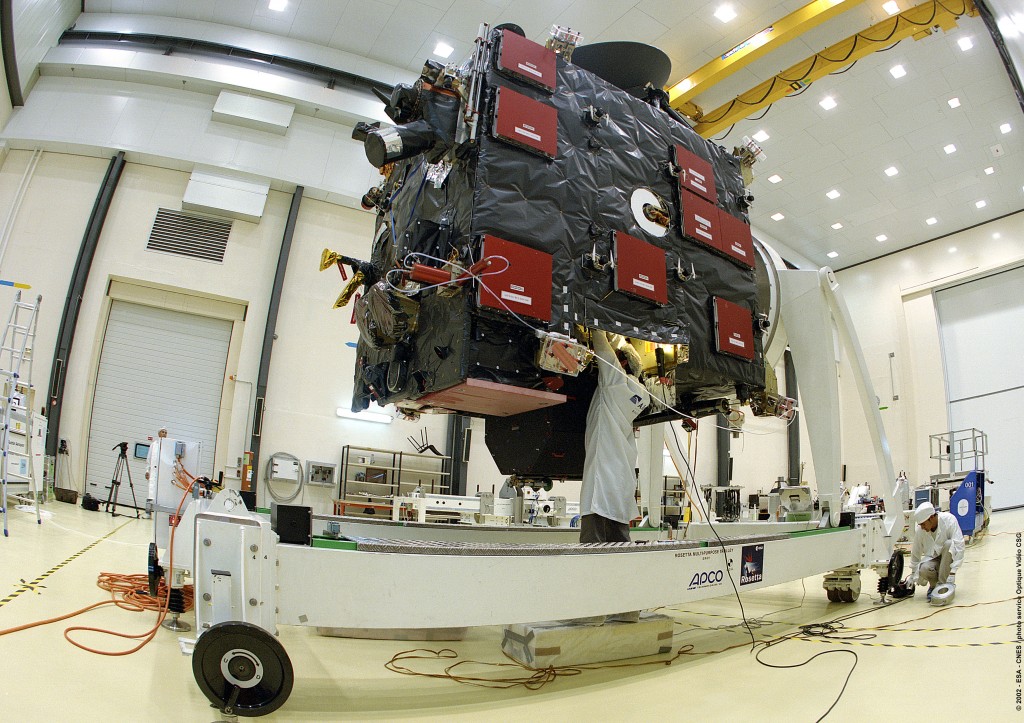
Sep. 2002: Rosetta spacecraft’s lander at CSG Facilities
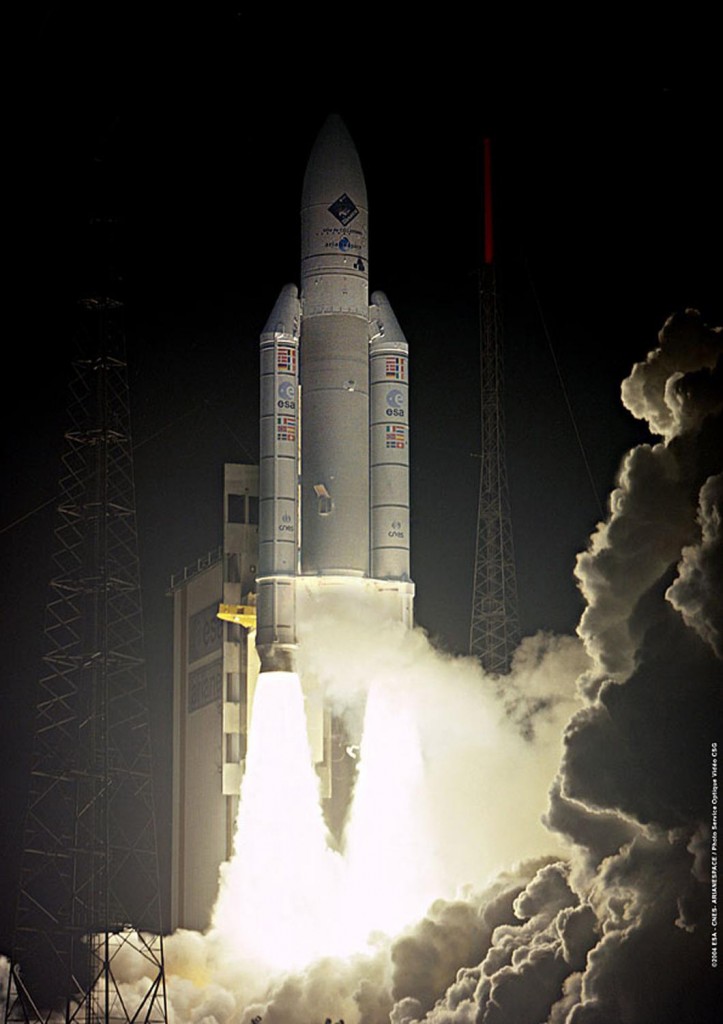
Mar. 2004: Rosetta begins its journey – Ariane 5G rocket lifts off
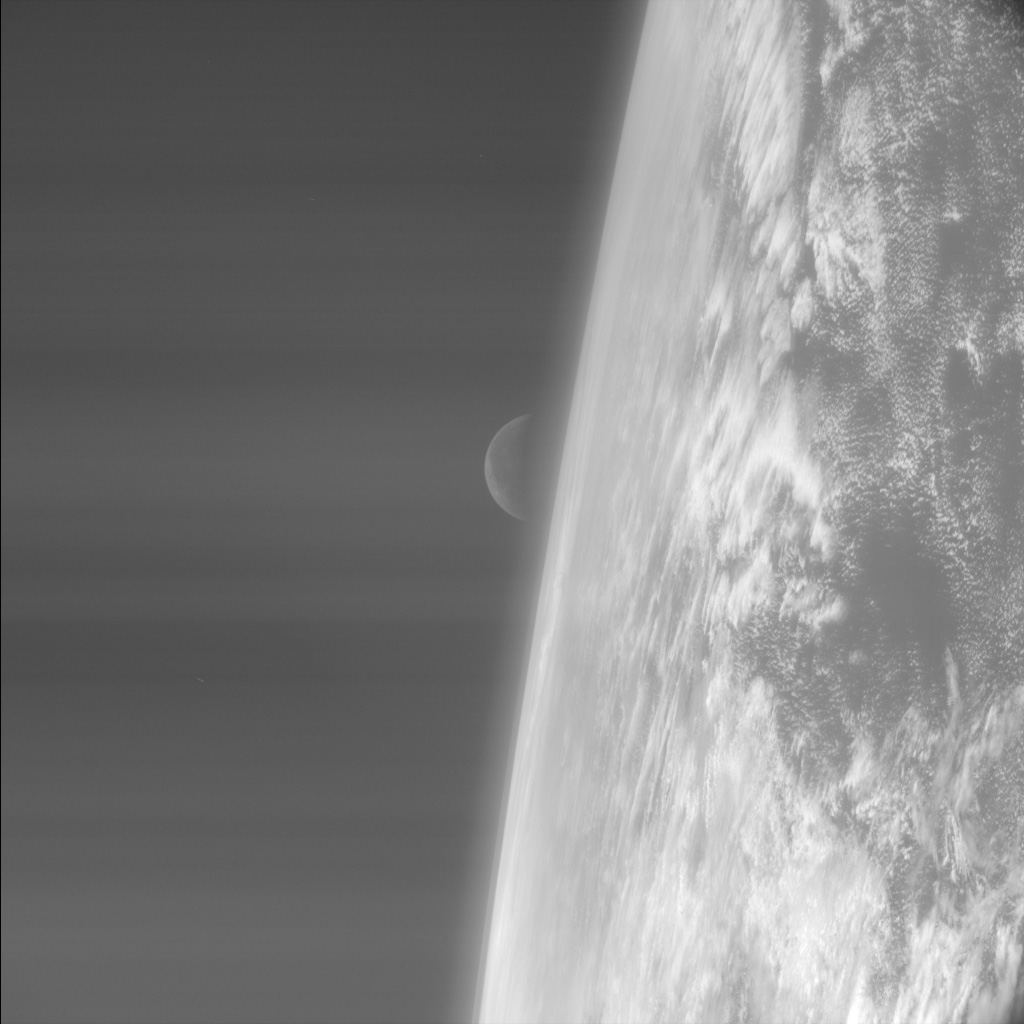
Mar. 2005: Earth from Rosetta – Rosetta’s 1st Earth flyby
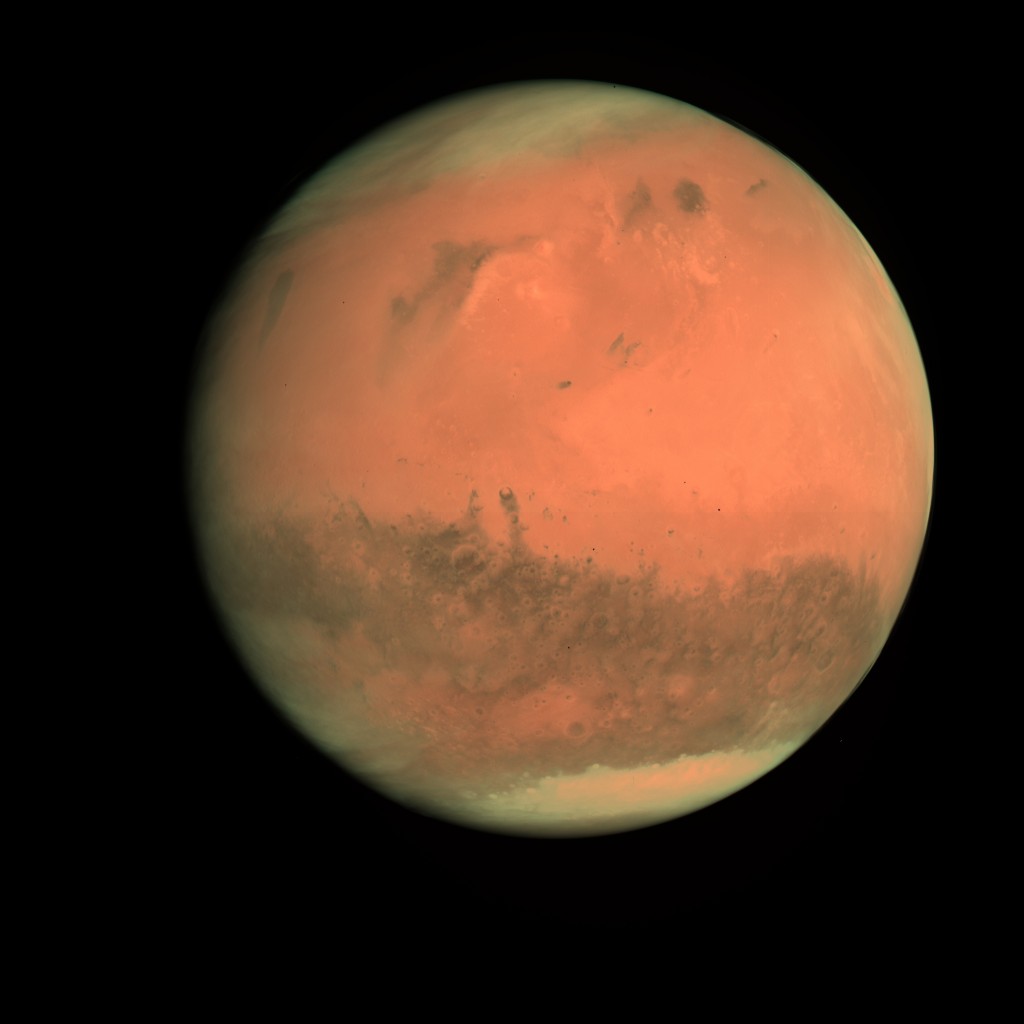
Feb. 2007: Greeting the Red planet – Mars flyby
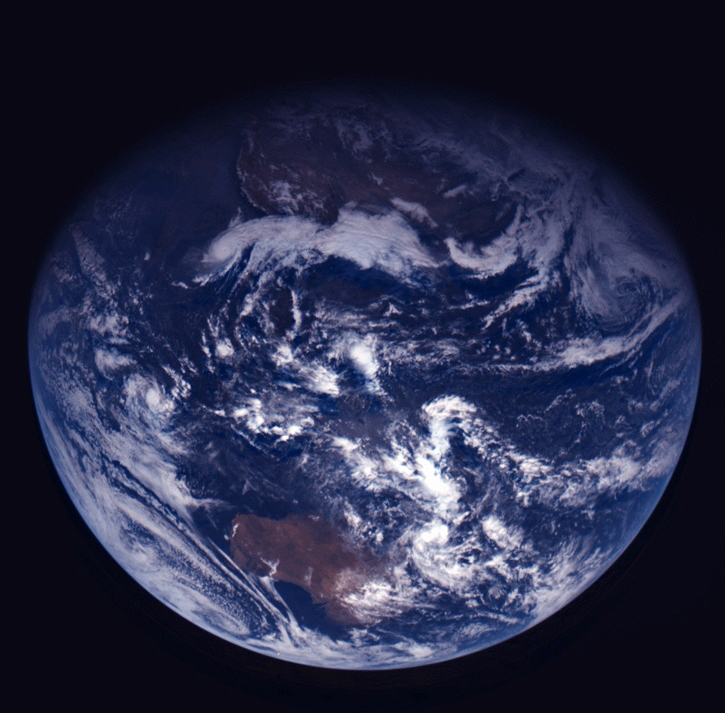
Nov. 2007: We meet again – Rosetta’s 2nd Earth flyby
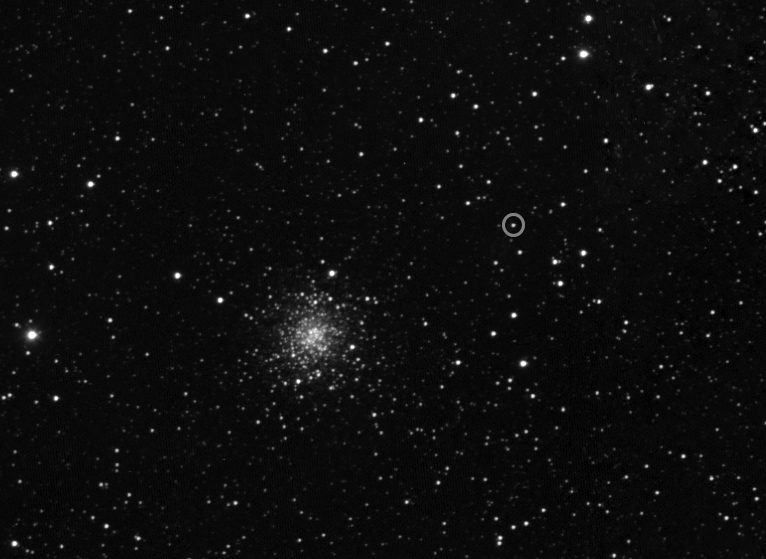
Mar. 2014: Spotting the target – Rosetta identifies 67P
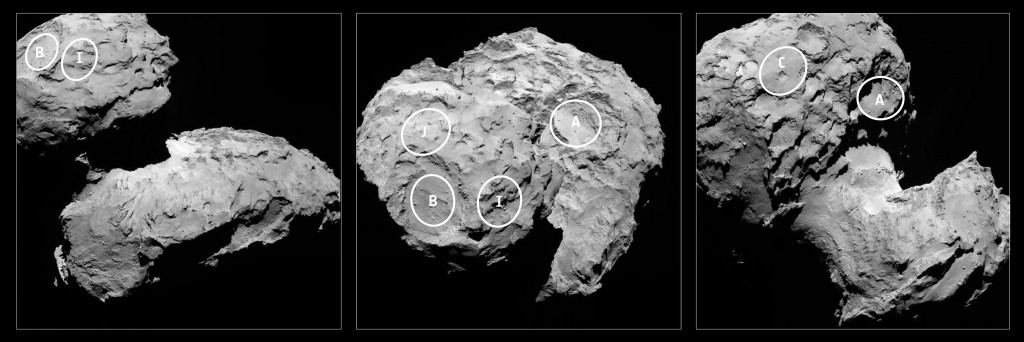
Aug. 2014: Choosing a landing spot
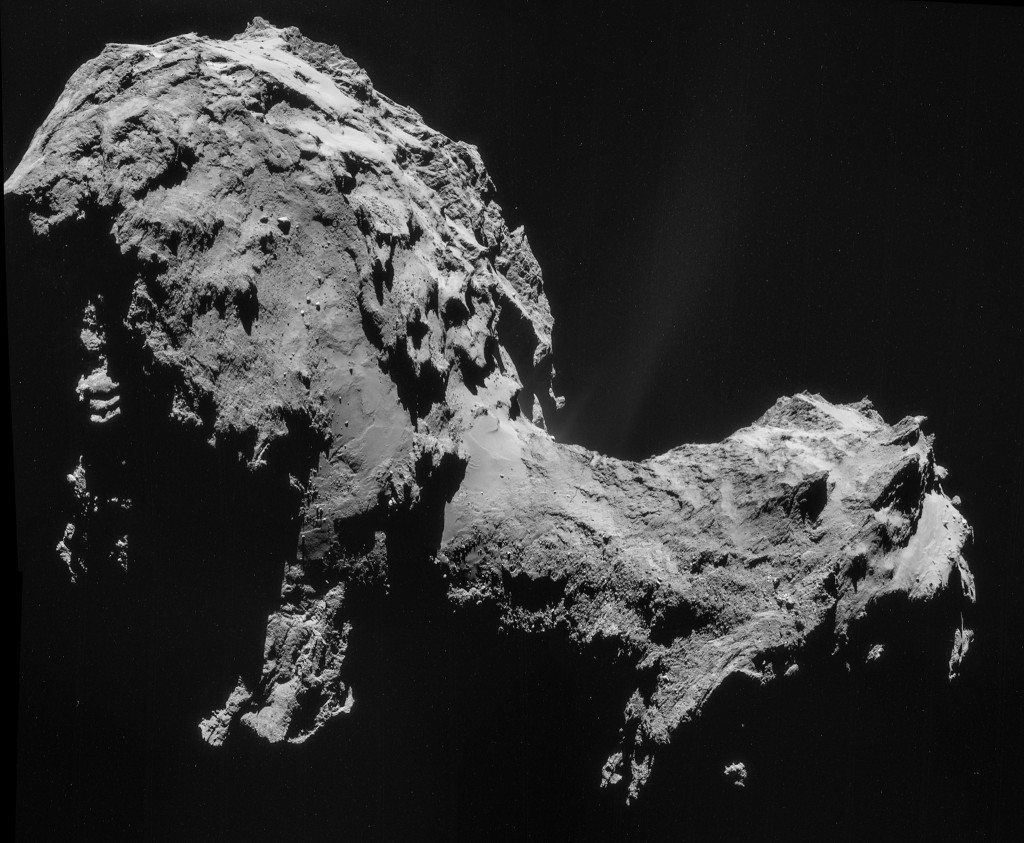
Sep. 2014: Kilometers away from the target
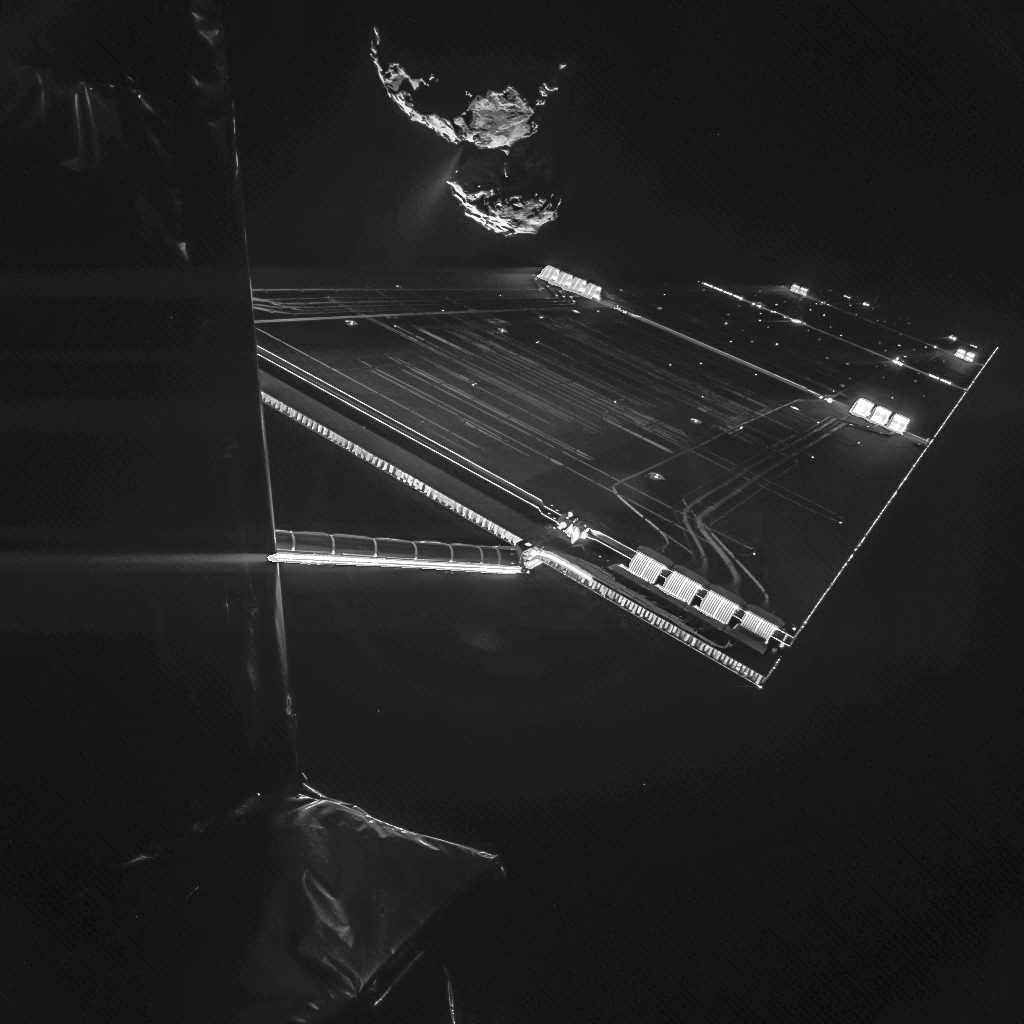
Oct. 2014: Rosetta takes a selfie with 67P
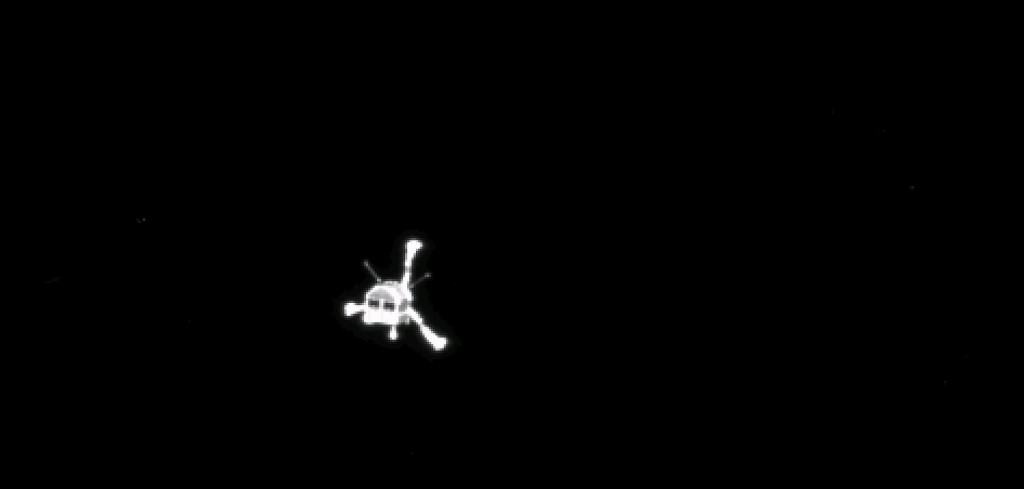
Nov. 2014: Farewell Philae! – Landing module separates from the spacecraft
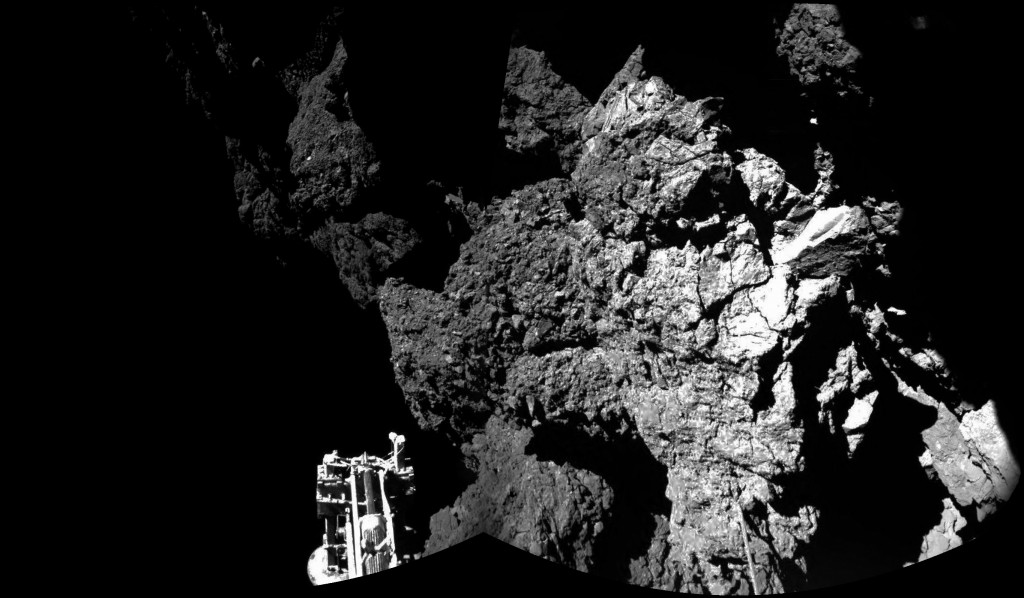
Nov. 2014: Touchdown!
Complete timeline of Rosetta spaceprobe’s journey
–Images courtesy: ESA (Website, Flickr photostream)












